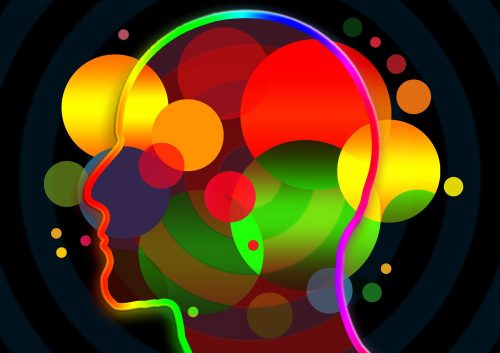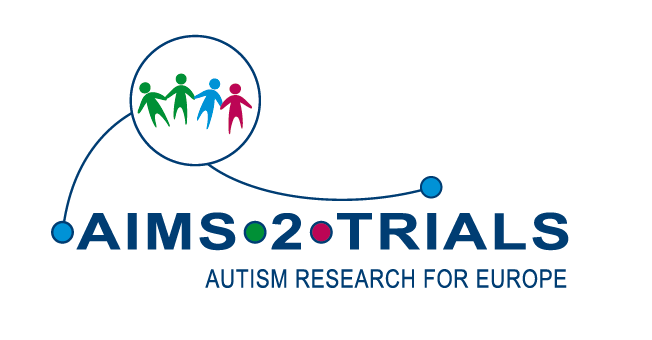 The AIMS-2-TRIALS consortium has received feedback (qualification advice) from the European Medicines Agency (EMA) on the further exploration of EEG (electroencephalography) as a potential ‘biomarker’ in autism research. Finding measures to identify subgroups of autistic people – known as ‘stratification biomarkers’ – is crucial for research, as the variability of autism has made it difficult to determine whether treatments are effective; a treatment may be useful for some people but not others, and overall those effects can cancel out or muddy the findings of research studies. Researchers therefore need to identify subgroups of autistic people with similar characteristics and test treatments with those smaller groups.
The AIMS-2-TRIALS consortium has received feedback (qualification advice) from the European Medicines Agency (EMA) on the further exploration of EEG (electroencephalography) as a potential ‘biomarker’ in autism research. Finding measures to identify subgroups of autistic people – known as ‘stratification biomarkers’ – is crucial for research, as the variability of autism has made it difficult to determine whether treatments are effective; a treatment may be useful for some people but not others, and overall those effects can cancel out or muddy the findings of research studies. Researchers therefore need to identify subgroups of autistic people with similar characteristics and test treatments with those smaller groups.
It may also be possible to use the EEG measurement to predict development of autistic children’s non-verbal social skills over time – as a ‘prognostic biomarker’ as well as a ‘stratification biomarker’. The AIMS-2-TRIALS work is therefore a significant step forward in the search for both stratification and prognostic biomarkers in autism.
What exactly is the biomarker?
AIMS-2-TRIALS researchers have been working with a particular EEG measurement – called N170 – that reflects the brain’s processing of faces. Data from the Longitudinal European Autism Project (LEAP) study within AIMS-2-TRIALS showed that N170 measurements were longer for autistic people than for aged-matched non-autistic people, with a lot of variability within those groups. Researchers also assessed non-verbal social skills using the VINELAND-II, an interview-based assessment of day-to-day functioning in a range of different areas. They found that the N170 measurement was correlated with a poorer prognosis for non-verbal social skills as measured by the Play and Leisure section of the VINELAND-II. This effect was stronger in children than in adults and was not present in autistic people who also have intellectual disability. In addition, brain imaging showed that variation in N170 was associated with differences in the function of brain areas responsible for face processing.
What is biomarker qualification?
A biomarker is considered qualified for a specific use when regulators have ensured it is sufficiently reliable for development of medicines and to support regulatory decisions. This review is carried out by the European Medicines Agency’s Committee of Human Medicinal Products.
What was the outcome of the biomarker review?
So far, the EMA Committee supported the consortium working towards using N170 EEG data as a stratification biomarker and agreed that the VINELAND-II or one of its sub-domains may also be acceptable. Both must be supported by additional research data. To demonstrate that N170 measurement can be used as a predictor (prognostic biomarker) for social functioning, further research needs to show that N170 and social functioning are associated at two time points: both at a starting point and later in a person’s development. It was also suggested that further evidence is needed to understand why it was only the Play and Leisure Time scores of the VINELAND-II scale that were related to the N170 measurements. Finally, alternative uses of N170 data, such as using it as a covariate in statistical analysis, will be investigated by the consortium.
Overall, the outcome of this initial review is positive, and the AIMS-2-TRIALS consortium will continue its innovative work. In time, development of these biomarkers should allow more effective research into treatments for aspects of autism or for co-occurring conditions, for those who seek them.







